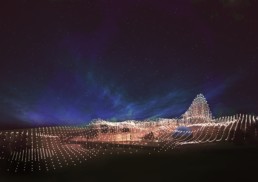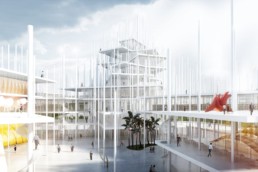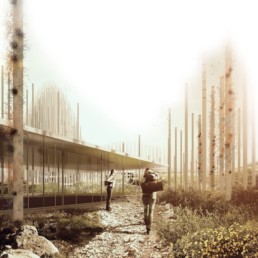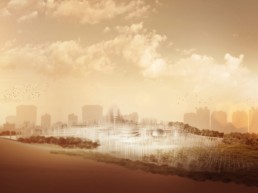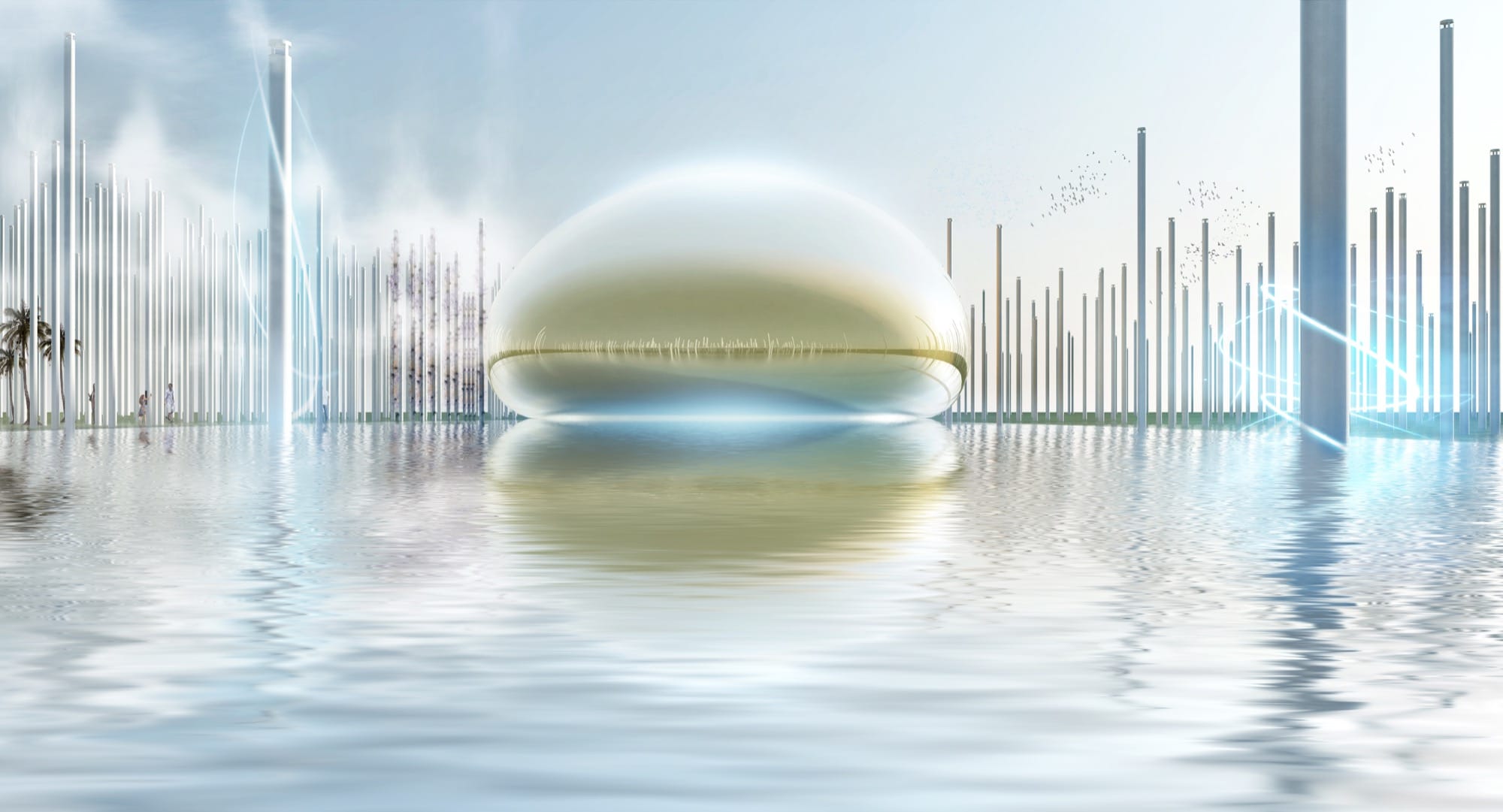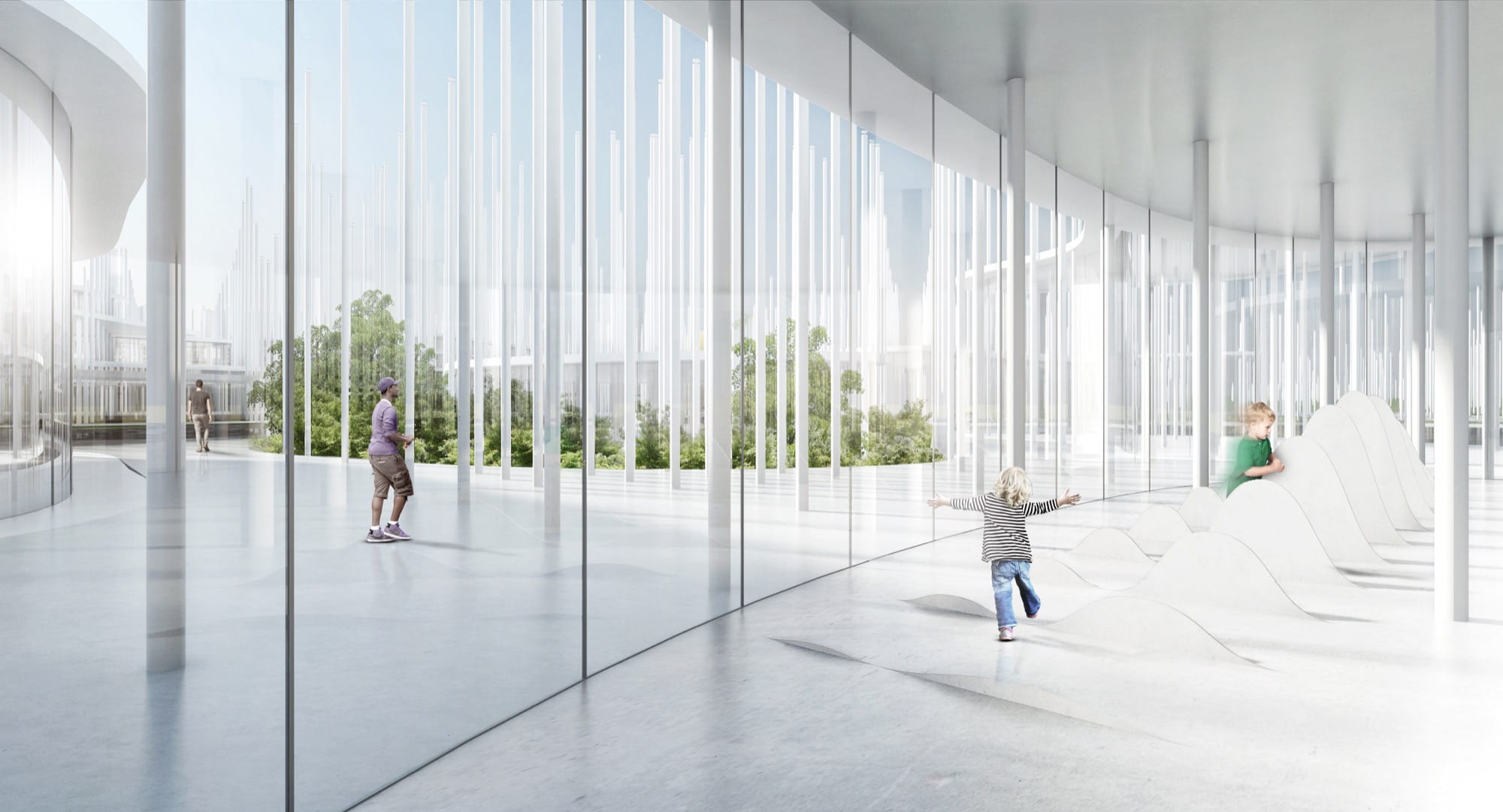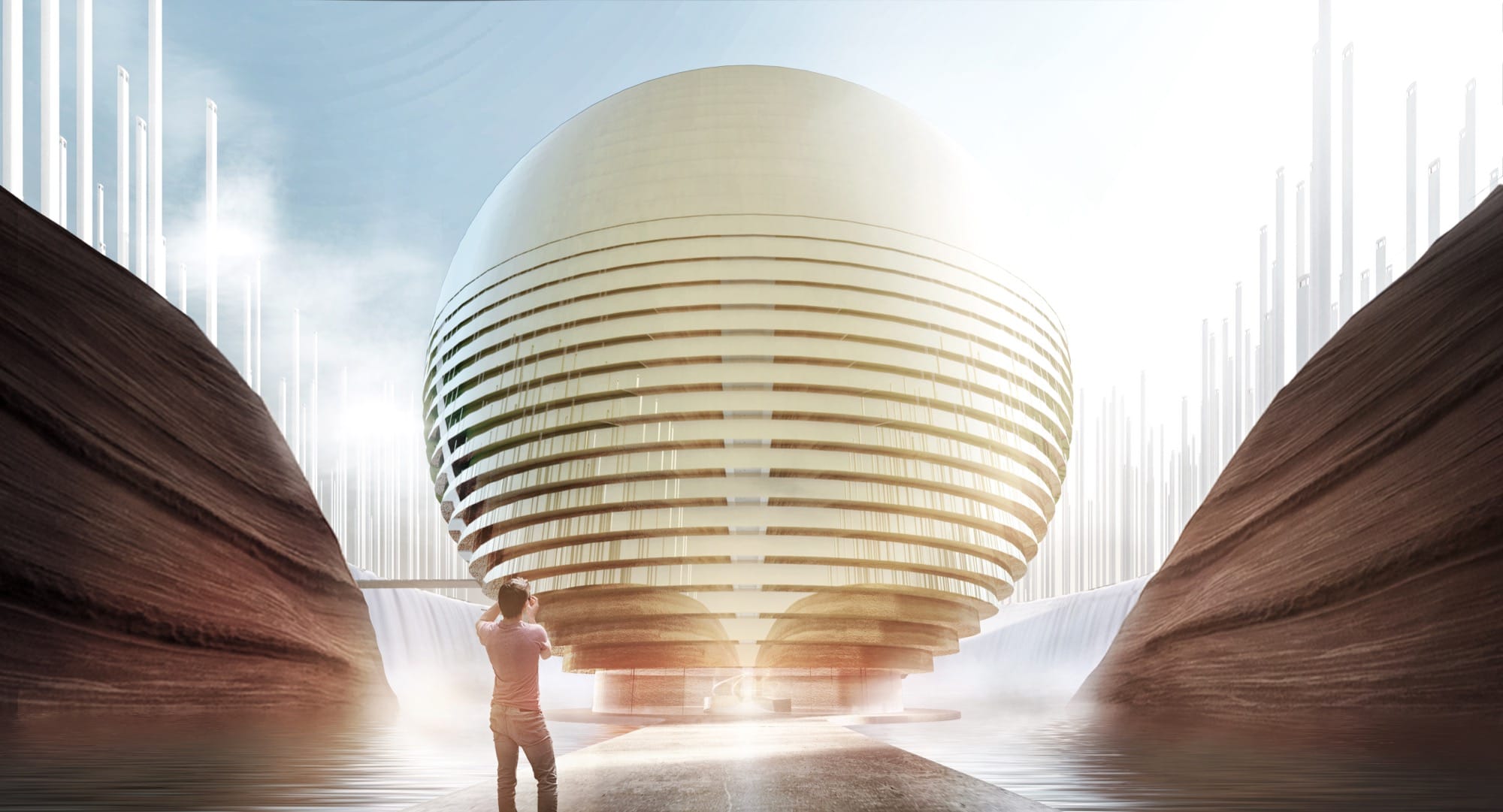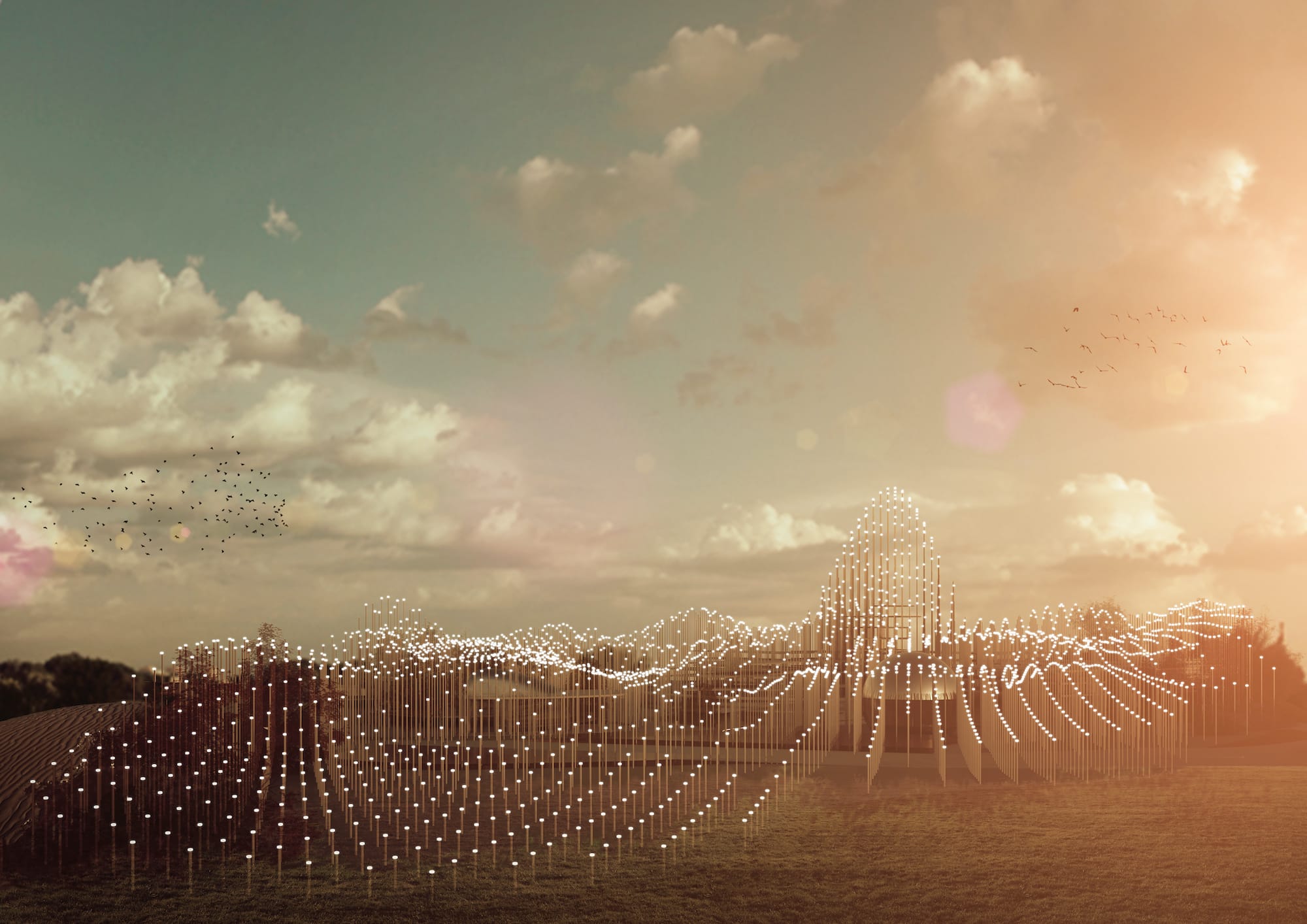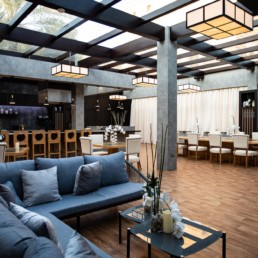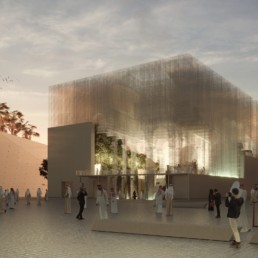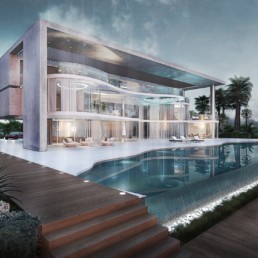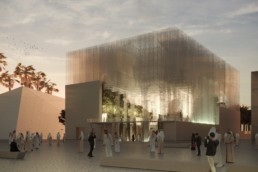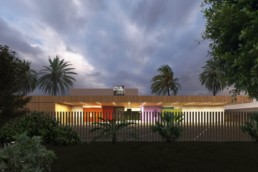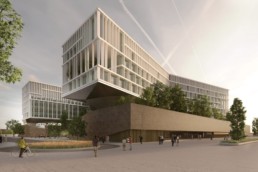Giza, Egypt
Science City
Year: 2016
Client: Arab Republic of Egypt/Bibliotheca Alexandrina
Area: 80.000 sqm
Status: Competition
Design: Studio Costa Architecture
CDO: A. Costa
Design Director: V. Alfonsi
Project Leader: H. Nabil
Design Team: G. Sabbatini, L. Borriello, A. Gojnic, G. A. Carosini, F. Carraro
Visualizer: G. Firmiano Vitiello
Visual Artist: M. Pace
Giza, Egypt
Science City
Year: 2016
Client: Arab Republic of Egypt/Bibliotheca Alexandrina
Area: 80.000 sqm
Status: Competition
Design: Studio Costa Architecture
CDO: A. Costa
Design Director: V. Alfonsi
Project Leader: H. Nabil
Design Team: G. Sabbatini , L. Borriello, A. Gojnic, G. A. Carosini, F. Carraro
Visualizer: G. Firmiano Vitiello
Visual Artist: M. Pace
The Science City Project in Egypt involved creating a masterplan for a scientific hub set into the background of a rich vibrant culture. The location itself was a strong motivator in creating a dominant architectural form. As such, a homogenous model is presented in the project, seen as one element that expresses the idea of Densities- inspired by the local context as a contemporary Egypt urban feature. On the other hand, the hot dry climate necessitated the generation of a microclimate that could allow breathable outdoor spaces for users. These outdoor spaces are central to define a collective, where knowledge, science and research interests can be transferred to the public.
The city itself is defined by a complex functional program. Ground level is the experience, a public park where the exhibitions are scattered along the site. First level is the gain, where users with higher interest access library, shared labs. Second level is the practice, with dedicated rooms for professionals. The landmark, the City Tower, is an undefined form characterized by a series of superimposed platforms where the tower form is completed by people flow upwards. As a possibility for future expansion, voids are found, in between the density of sticks where sculptured elements can be located (Auditorium and Planetarium).
The vertical stick elements form the dominant architectural element. Located on the extremities, they, with the help of running water, work as cooling systems and sound absorbers, whereas those situated in the interior, produce a microclimate using shadow, humidity and heated tops where different ecological systems can be reproduced.
With these architectural features, the aim of the project is to try to communicate directly with the Science City users’. Providing them with an experience that is not only related to knowledge, but is also an attempt to guide them towards the world of science.
